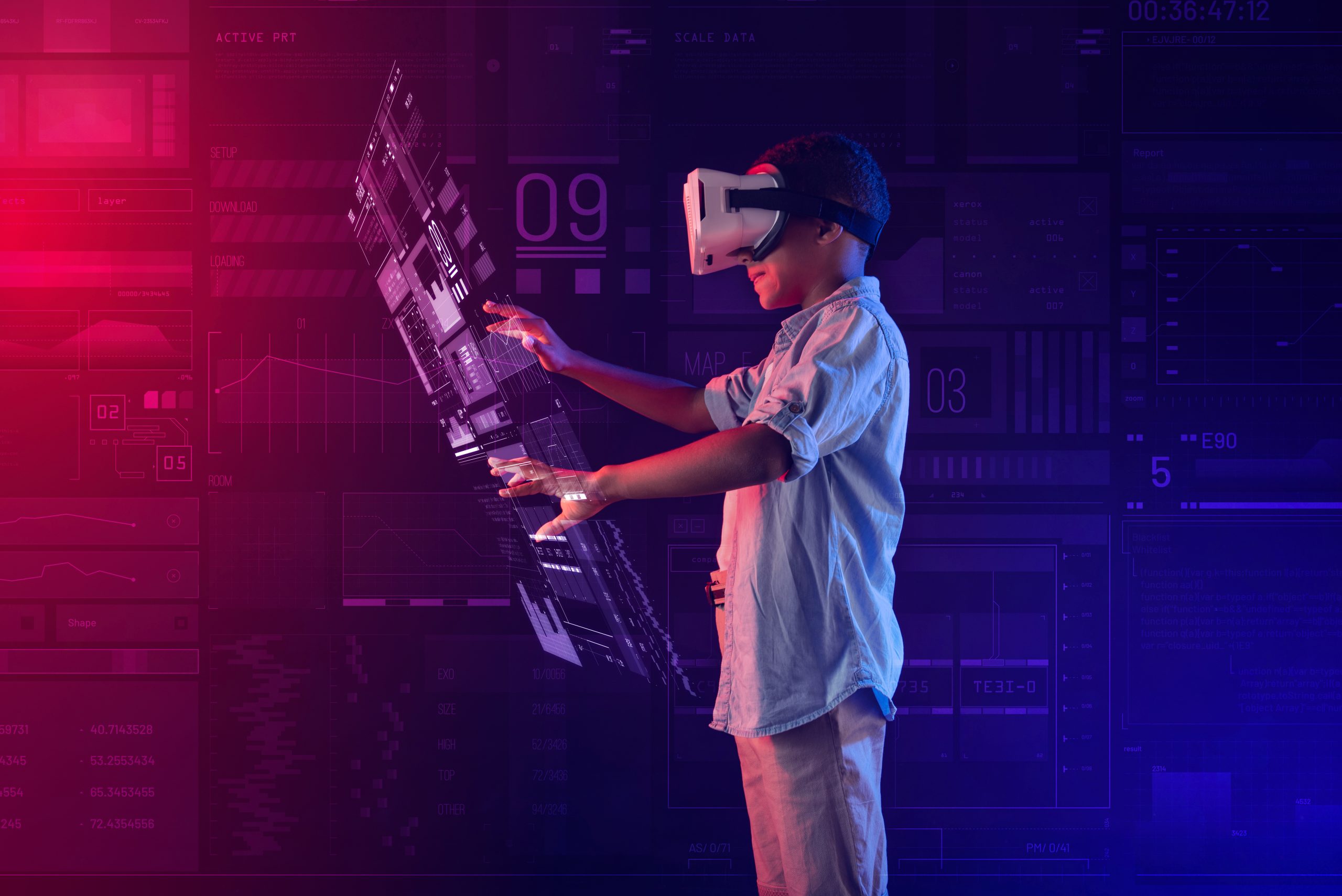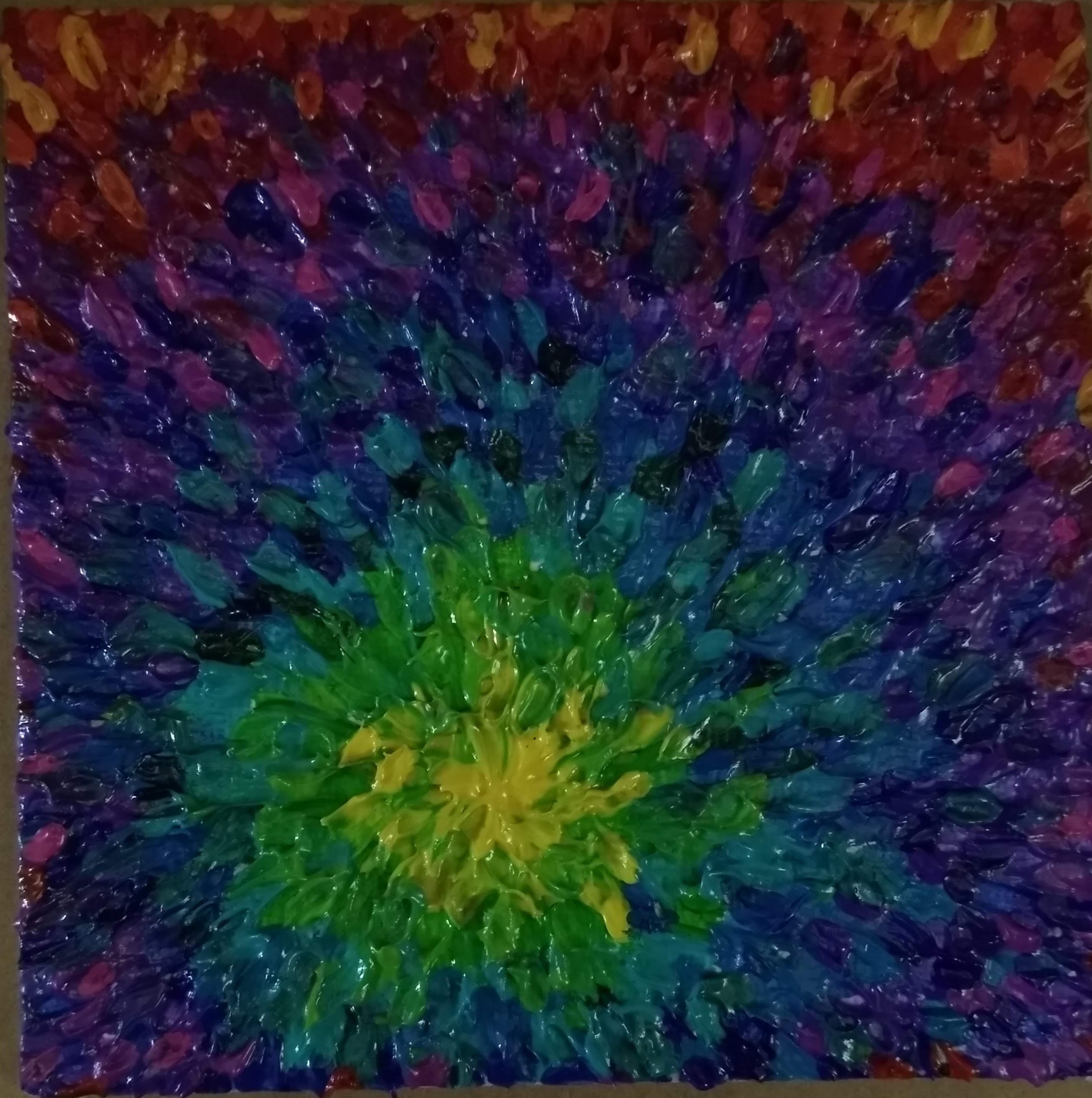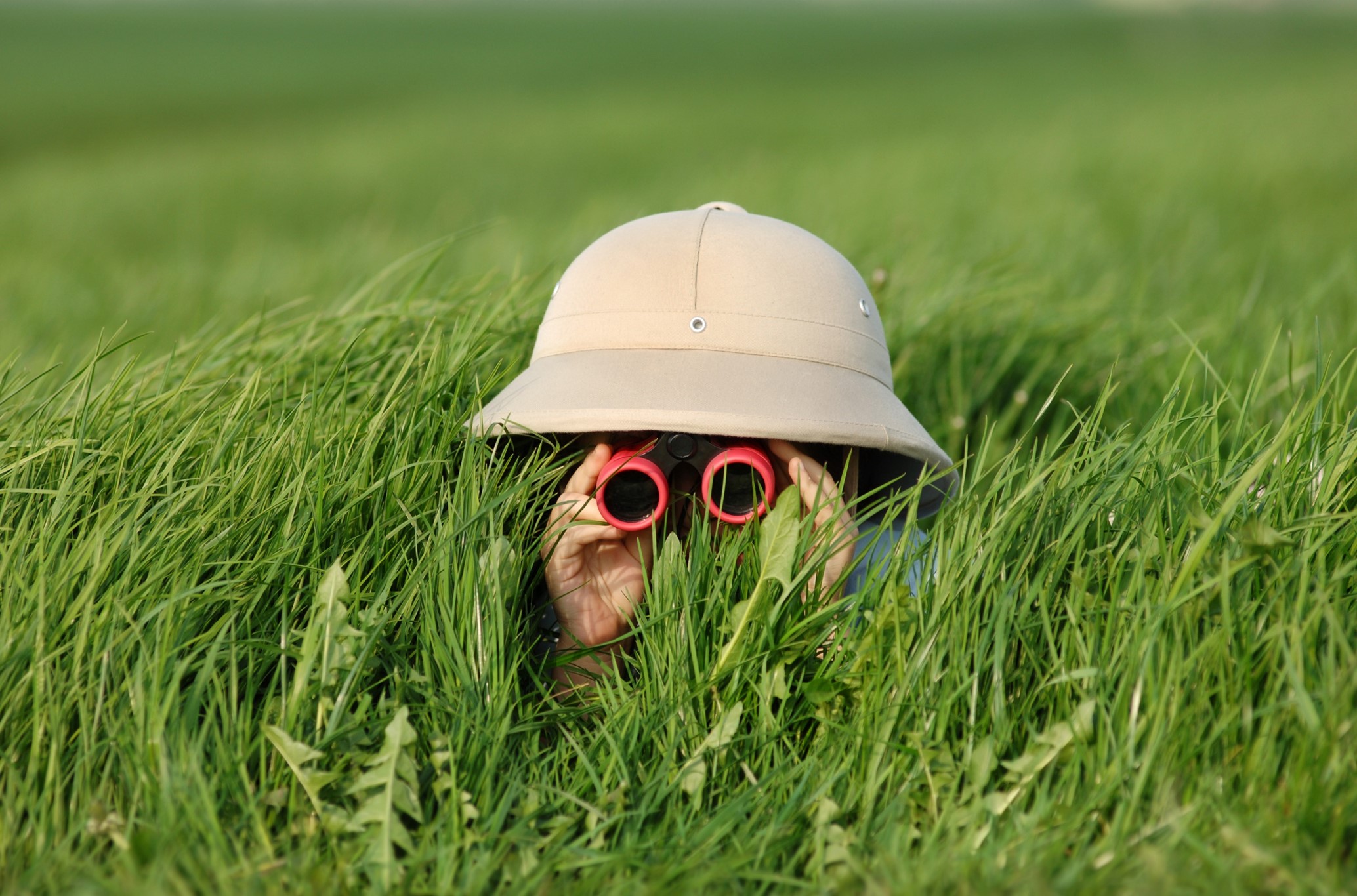Virtual reality (VR) is beginning to be more widely adopted in a therapeutic setting, but has been used and researched for its therapeutic support in autism intervention and therapy since as early as 2011, with promising results.
It has been used successfully both clinically and in research settings to help with a range of challenges experienced by autistic people.
Off the shelf headsets and games, in consultation with a therapist, has been shown to make an accessible and affordable solution to supporting autistic people.
Communication

- Collaborative game play has been shown to improve wellbeing and expressive and receptive communication.
- VR has also been shown to help improve the speed, expression, conversation etiquette and sentence structure.
- It can help to build confidence in starting and maintaining a conversation.
- Asymmetric game play was shown to improve expressive and receptive language, as well as improving pragmatic social awareness.
Emotional awareness and regulation
- VR can help to support executive functions including mindfulness, meta cognition and emotional regulation.
- It has been shown to help with brain rewiring, improving mood and overall emotional regulation.
Social relationships
- In autistic teens, online relationships have been shown to have a higher quality and impact on wellbeing than face to face social relationships.
- Asymmetric game play has been shown to improve peer relationships in autistic children
- It has been shown helped to improve expressive and receptive language.
- There is strong evidence to show that it can improve emotional reciprocity, joint attention, and non-verbal communication.
Movement and sensory
- Regular use has been found to improve motor function and movement through games such as beat saber.
- Some off the shelf games were shown to improve enjoyment in physical activity and encourage the user to move more, as well as have a greater range of movement.
Development of life-skills
- A systematic review found that head mounted VR displays can help to improve independent living skills, such as paying for items in a grocery store or catching the bus.
- Due to the immersive nature of a VR headset the skill development can be more readily transfered across environments and scenarios.
- VR can also be used to help practice social scenarios, such as job interviews, vocational training or engaging in social settings, whilst reducing the over social pressure and fear of getting a social scenario wrong.
Conclusion
Virtual reality is a growing area of research and therapy, it is known to have a wide range of benefits for autistic people.
Of particular note are the benefits found in supporting autistic people with social connection and social and emotional wellbeing.








